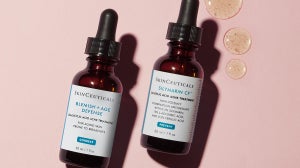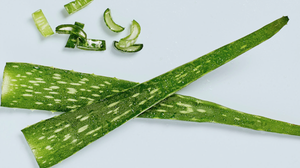
Skin cancer is a widely spread type of cancer that affects millions of people each year. The most common form of cancer is melanoma and it is caused from the sun. There are four basic categories of melanoma which includes: superficial spreading, lentigo maligna, acral lentiginous, and nodular melanoma. The most common form is superficial spreading melanoma. Other types of skin cancers are basal cell and squamous cell carcinoma. By protecting yourself, especially from the hours of 10:00am to 4:00 pm, you can greatly lower your risk because this is when the sun’s rays are the strongest. Each time your skin burns you are damaging your DNA, which can greatly increase your chances of getting skin cancer. In fact if you have had five or more sunburns at any age of your life, the risk of you getting melanoma doubles. It is important to be able to recognize the signs of melanoma because early detection means a greater chance of survival and recovery. The first sings of skin cancer are usually atypical moles, so it is important to be able to recognize a potential problem. Here’s a simple guide to help you spot melanoma is using the ABCDE method:A= Asymmetry: Melanoma is typically irregular in shape, where as benign (non cancerous) moles are usually round.B= Border: This is where the outside edges of the mole are not smooth; they appear to be jagged or have notched edges.C= Color: This one can be tricky because melanoma can look like many shades of brown. The main difference is melanoma will have many shades of brown in one mole and not be one solid color like benign moles. Also if the mole is very dark (almost black), with uneven and jagged edges you may want to get it checked out.D= Diameter: Typically melanoma lesions are more than ¼ inches wide. As a reference this is about the size of a pencil eraser. If your mole is larger then this, you may want to consult a dermatologist.E= Evolving: If there is any change in the size, color, or shape this may be potentially dangerous. Also if you have any other symptoms such as bleeding, itching, or crusting of the area you will want to have it looked at by a medical professional. The most common areas that melanoma can be found are on the torso, head, neck, and lower legs. It is suggested that you check your skin every 6-8 weeks on your own for suspicious moles. It is also important to make an appointment with your dermatologist to do a full body mole check once a year. Especially if you have had cancer in the past, you are more susceptible to getting it again. Also if you have a family history of cancer, this could greatly increase the risk of developing melanoma. If your doctor has any suspicions that a mole may be cancerous, they may perform a biopsy to better determine the outcome. The number one way to protect your skin from the sun is to use sunscreen daily. A few of our favorite SPF products are La Roche Posay Anthelios 60 Ultra Light Sunscreen Fluid, La Roche Posay Anthelios 50 Daily Anti-Aging Primer with Sunscreen, SkinCeuticals Physical Fusion SPF 50 and SkinCeuticals Sport UV Defense SPF 50. You can find these products on SkinStore.com. Source: American Cancer Society








